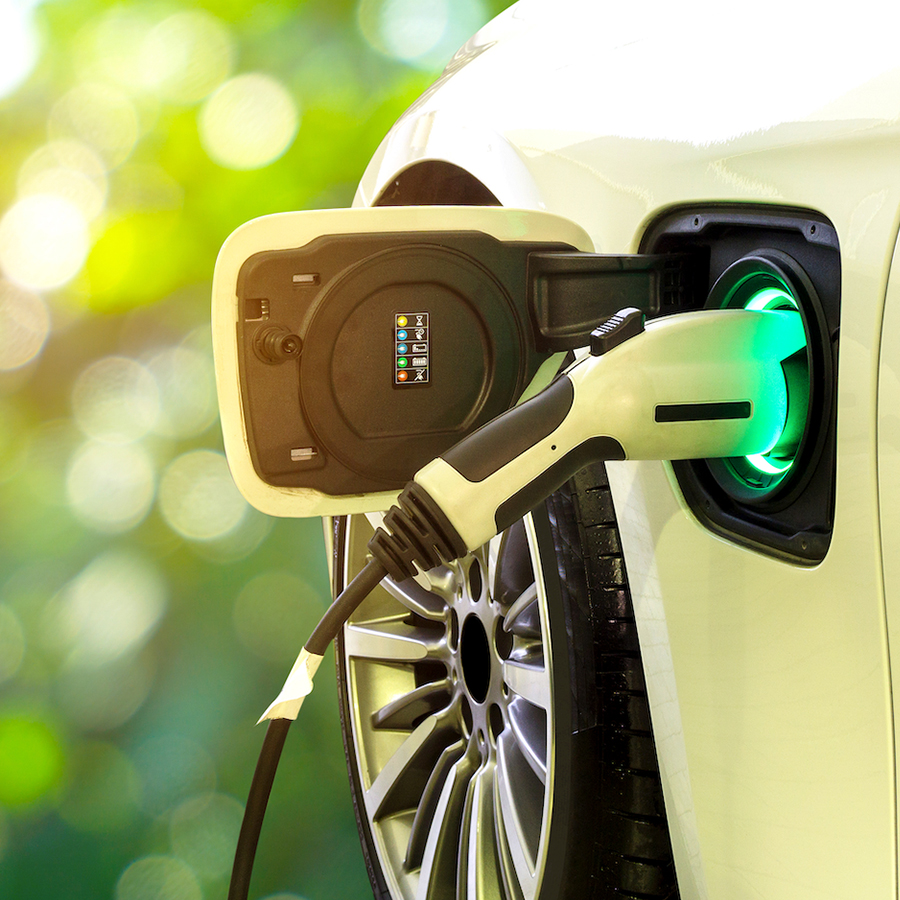One of the world’s most prosperous and dynamic economies, Norway is a bastion of equality, inclusiveness, and social cohesion. Guiding its economic prowess is the Norges Bank Investment Management (NBIM), the largest sovereign wealth fund globally, fueled by the nation’s competitive oil and gas industry.
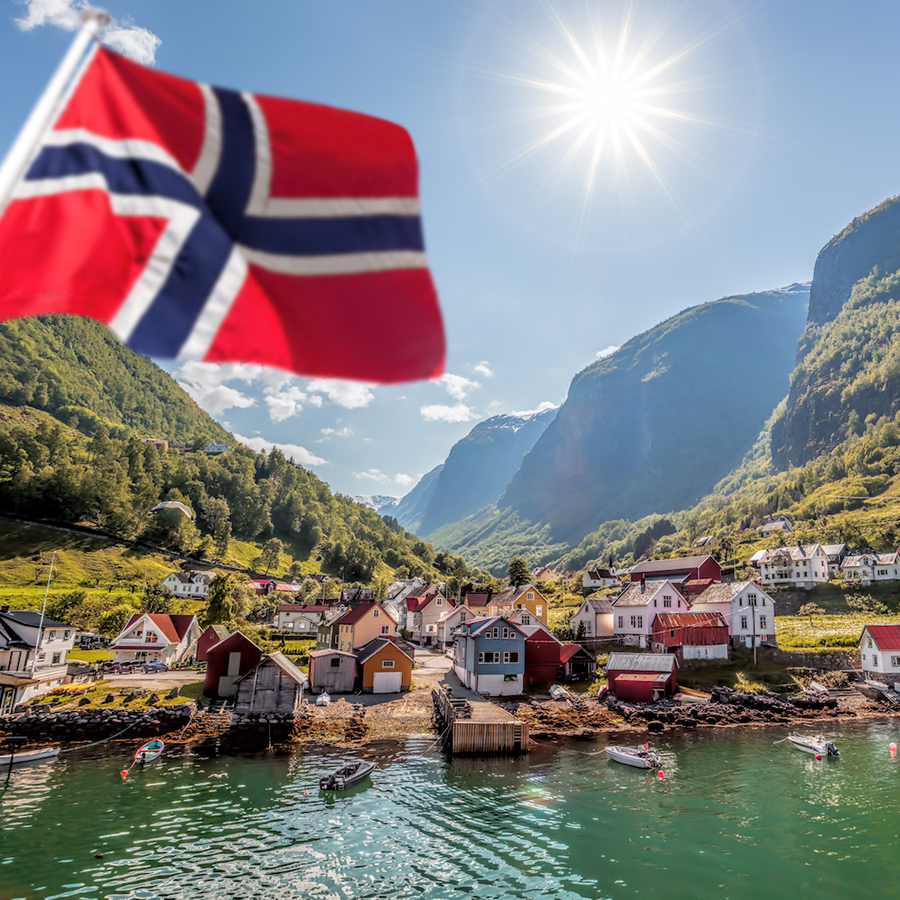
Sovereign Wealth Fund
The Government Pension Fund Global was established after Norway discovered oil in the North Sea. The fund was set up to shield the economy from ups and downs in oil revenue. It also serves as a financial reserve and as a long-term savings plan so that both current and future generations of Norway get to benefit from their oil wealth. The fund is now one of the world’s largest funds, owning almost 1.5% of all shares in the world’s listed companies. This means that they have holdings in around 9,000 companies worldwide, entitling them to a small share of their profits each year. In addition, the fund owns hundreds of buildings in some of the world’s leading cities, which generate rental income. The fund also receives a steady flow of income from lending to countries and companies. By spreading their investments widely, they reduce the risk of the fund losing money.
Oil & Gas industry
Norway’s hydrocarbons sector has long been its major economic pillar, with more than 50 years of production from its ocean basins on the North Sea, Norwegian Sea and Barents Sea. The country is currently the world’s eighth largest natural gas producer and the fourth largest gas exporter, having replaced Russia as the largest gas supplier to the European Union. The oil and gas sector represents around 24% of the country’s gross domestic product, 19% of all investments and 52% of the nation’s exports. In 2022, Norway produced an average of 1.9 billion barrels of oil per day and 122 billion cubic meters of gas, which is equivalent to 60.7% of all oil and 55.7% of all gas produced in Europe. Given heightened demand for energy, Norway has continued to attract investment into developing new oil and gas deposits including its latest bid round that saw the nation hand out 39 new production licenses to 24 companies, including major energy giants such as national oil company Equinor, Shell, TotalEnergies and ConocoPhillips.
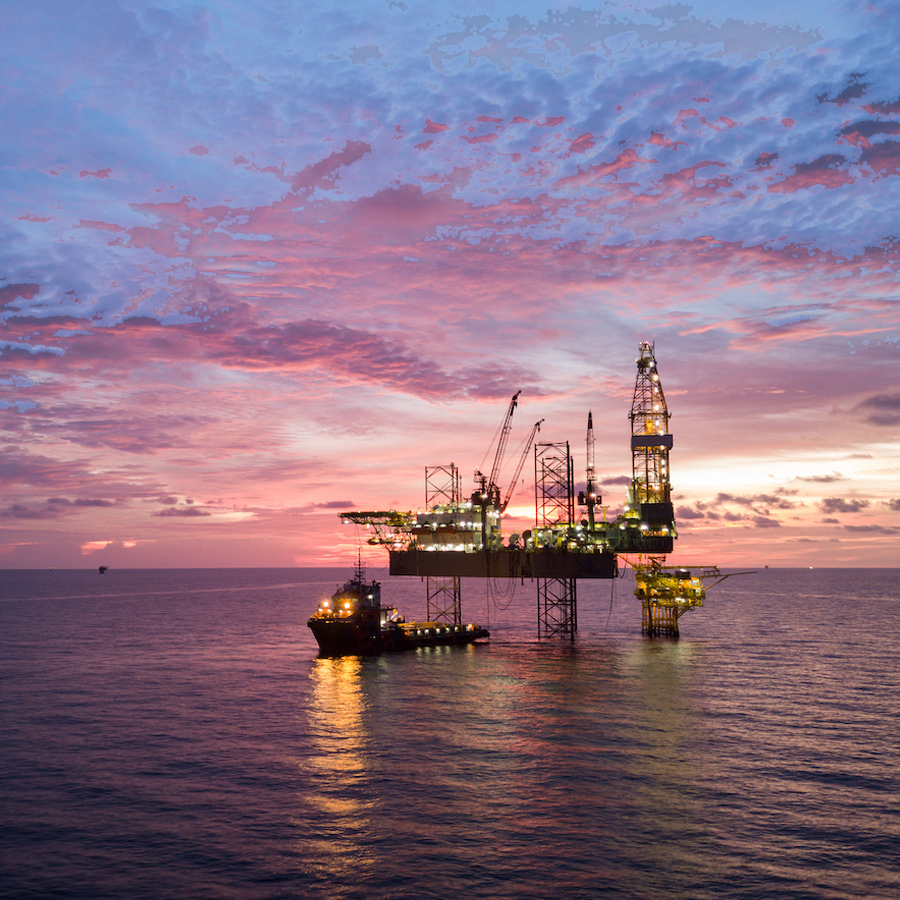
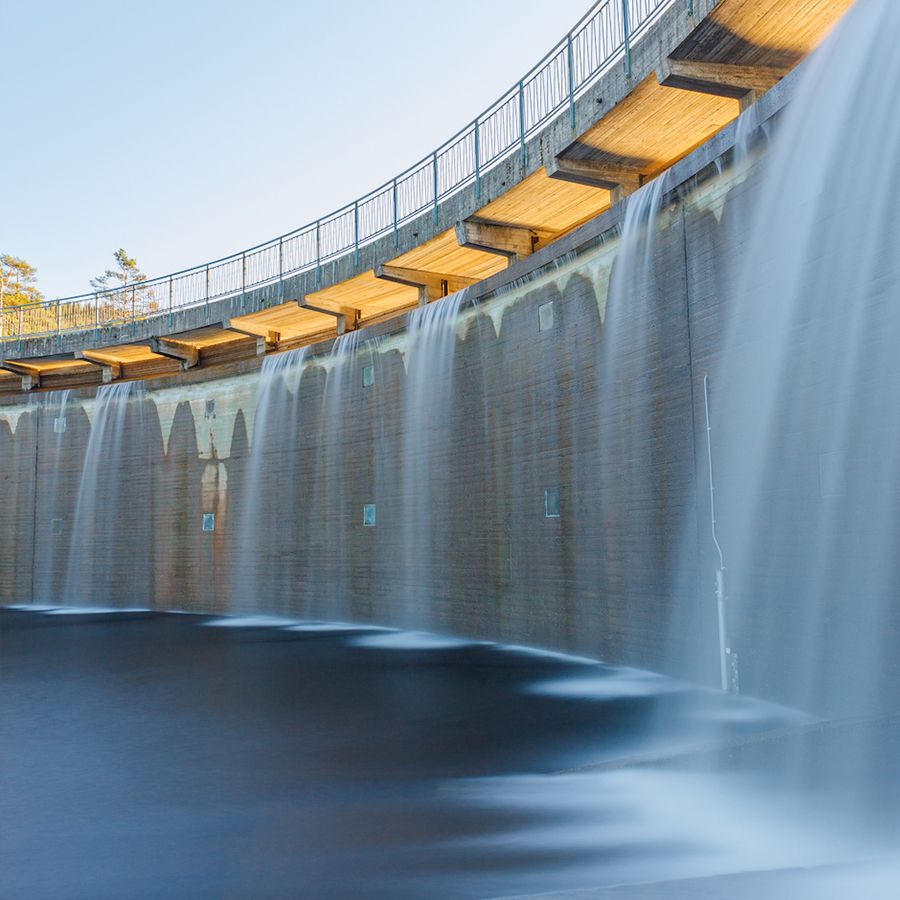
Wind, thermal and hydropower
Hydropower is still the mainstay of the Norwegian electricity system. At the beginning of 2023, there were 1,769 hydropower plants in Norway, with a combined installed capacity of 33 691 MW.
Norway’s thermal power plants accounted for about 1.5% of the total production capacity in 2023. Many of the power plants are located in large industrial installations that use the electricity generated themselves.
At the beginning of 2023, there were 65 wind farms in Norway, with an installed capacity of 5073 MW. This corresponds to about 16.9 TWh in a normal year. Offshore wind is a rapidly growing focus in Norway, and Norwegian and international companies are collaborating on offshore wind developments in the North Sea and beyond (including in the United States).
Mining
On June 21 2023, the Minister of Trade and Industry, Jan Christian Vestre, presented the Norwegian Government’s mineral strategy. The strategy has five focus areas which aim to ensure that the Norwegian mining industry will become more circular, new mineral projects are implemented faster, there is a clearer emphasis on climate, affected communities and the environment, and international partnerships are strengthened. Norway’s mining sector comprises several state-owned enterprises, as well as smaller private companies. Some of the largest mining companies operating in Norway include Norsk Hydro, LKAB Minerals, and Nordic Mining.
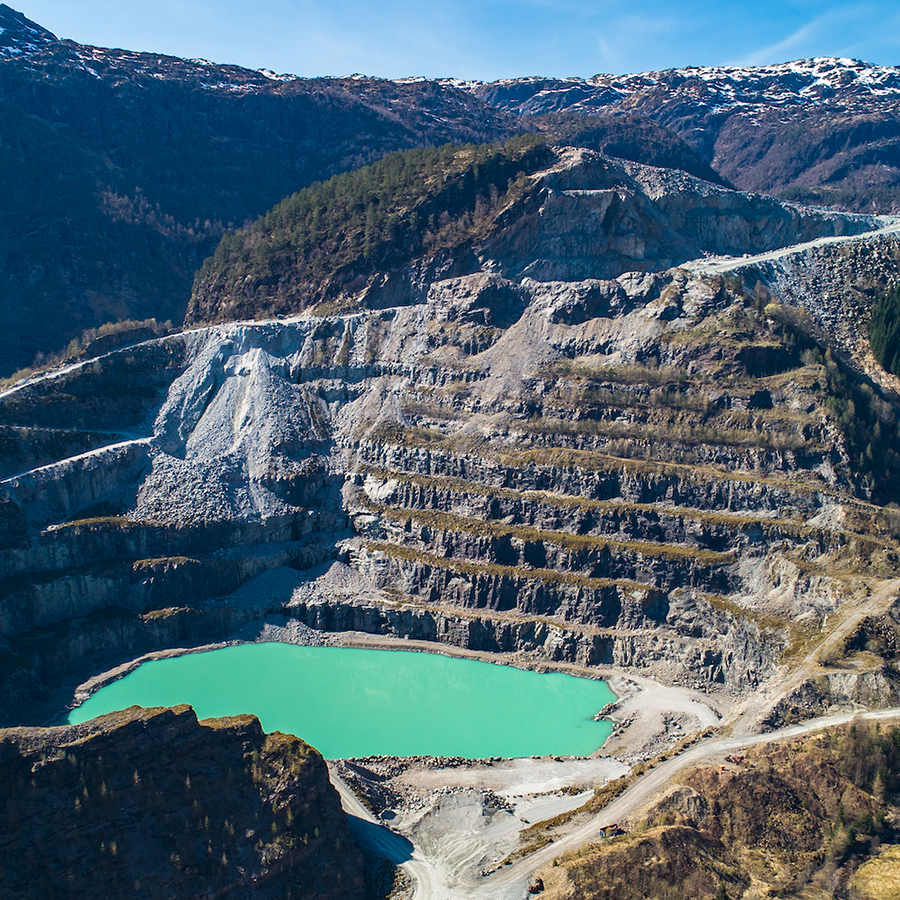
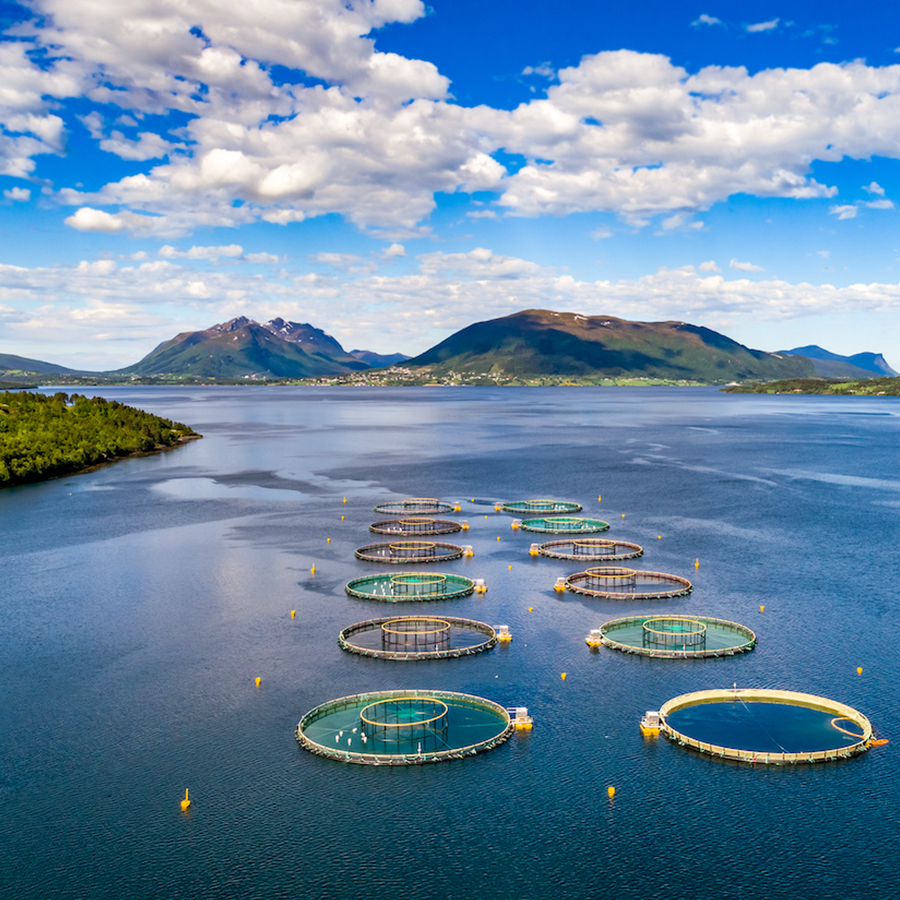
Fisheries
In 2018, Norway produced 4 million tonnes of fish (including molluscs and crustaceans), with a value of USD 10814.6 million. 77% of this value came from aquaculture and 23% from fisheries (that is, the capture of wild resources). Between 2008 and 2018, the quantity produced increased by 17%, while its value increased by 104%. With the adoption of Sustainable Development Goal 14 (SDG 14) of the 2030 Agenda for Sustainable Development, member countries of the United Nations (UN) agreed to end overfishing by 2020 and effectively regulate fishing activities on the basis of science. In Norway, the status of 74 stocks has recently been quantitatively assessed. Of these, 50 are assessed to be in a biologically sustainable situation.
Forestry
Forests and other wooded land cover approximately 37%, or 119,000 km2, of the Norwegian mainland. Of this, almost 23% or approximately 72,000 km2 is regarded as productive forest. The productive forest is distributed between 125,000 forest properties. About 79% of the productive forest area is owned by private individuals. Norwegian forests have been exploited intensively for export of roundwood, sawn timber and wood tar for hundreds of years. In addition, there is a long tradition of using the forests for domestic animal grazing and game hunting. Calculations of the cubic mass show that the volume of standing forest increased by more than 95% from 1925 to 1994.
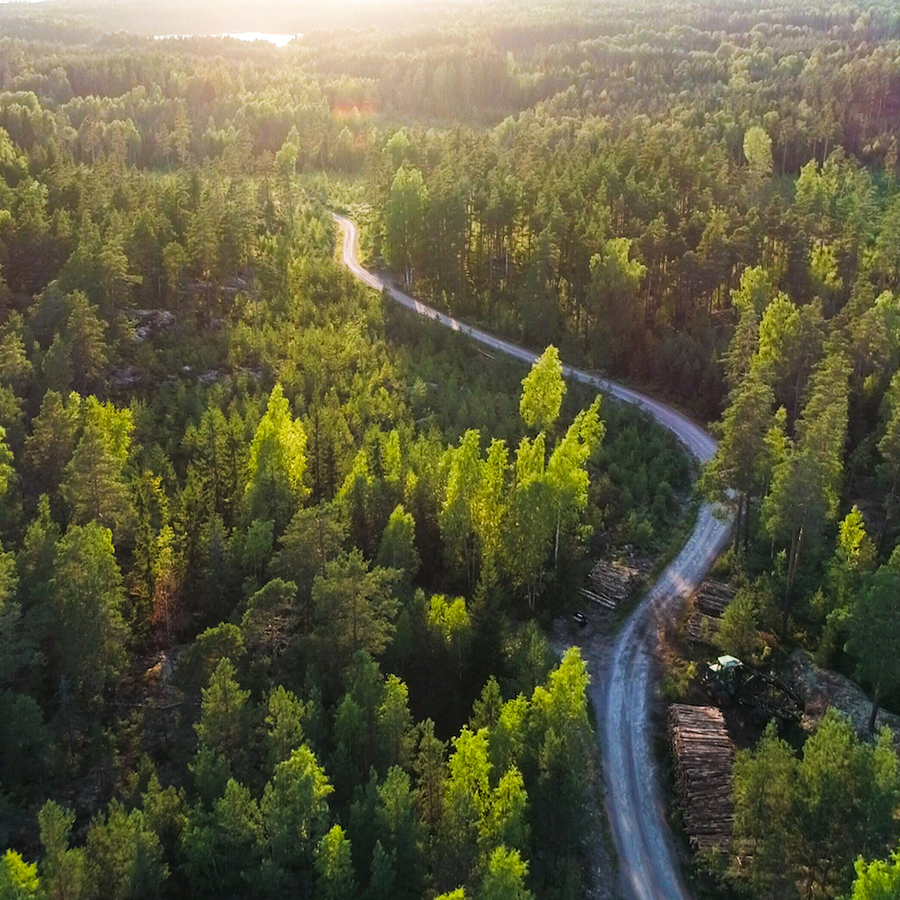

Tourism
Norway’s striking fjords, northern lights and urban adventures continues to draw visitors from all over the world as global tourism picks up, passing a $1.4 trillion benchmark in 2023 and expecting to surpass 2019 numbers in 2024 according to the United Nations World Tourism Organization. In 2023, Norwegian airport operator Avinor serviced 49 million passengers in 2023, marking a 10% rise compared to the previous year. Winter tourism in Norway is specifically seeing a significant boost, with numbers of international visitors climbing from 320,000 in Northern Norway between October 2022 and April 2023 to an expected 350,000 in the 2023/24 winter season. Tromsø Airport Langnes saw an increase in international travelers of 74% and 82% respectively in November and December 2023 compared to the same period in 2019, with around 20 direct flights to various European cities. Norway’s capital also continues to entice the rapidly growing ecotourism segment, with plans to build a fully electric municipal transportation sector, including buses and ferries.
Investment opportunities
Amidst Norway’s stunning fjords and culture of innovation lies a wealth of investment opportunities for US investors eager to tap into Europe’s thriving green economy. This stable, forward-thinking nation offers a fertile ground where sustainability drives industry growth. Explore the burgeoning green battery sector, a cornerstone of Norway’s commitment to a cleaner future. Harness the nation’s ample renewable energy and favorable climate to establish state-of-the-art, energy-efficient data centers. Engage in the forefront of medical research and biotechnology, where Norway leads with groundbreaking advancements. Additionally, consider partnerships within Norway’s renowned aerospace and defense industries, known for their expertise in sustainable solutions. Supported by a progressive government and skilled workforce, investing in Norway promises to unlock your company’s potential within Europe’s dynamic green landscape.
